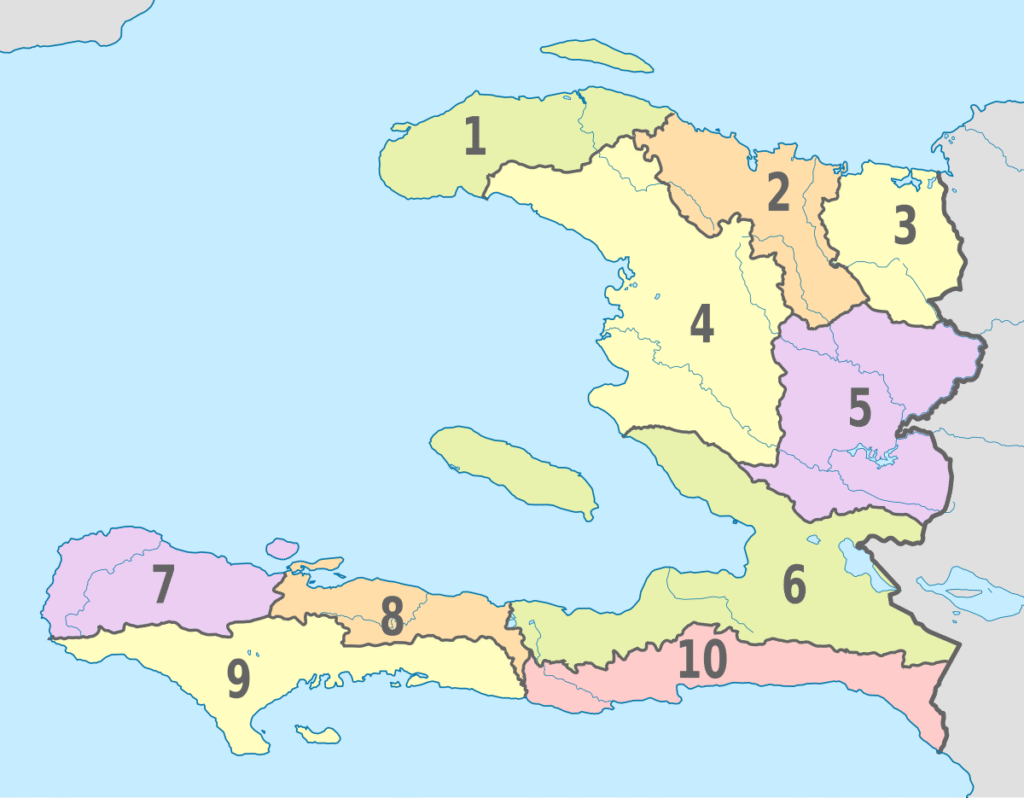Physical Address
304 North Cardinal St.
Dorchester Center, MA 02124
Physical Address
304 North Cardinal St.
Dorchester Center, MA 02124

Since its triumphant independence in 1804, Haiti has wrestled with complex legacies of colonial extraction, international interference, and centralized governance. As the world’s first Black republic, Haiti’s history is one of resistance, ferocious independence, and continual struggle against systems that strip its autonomy. Yet, modern governance structures in Haiti largely mimic a colonial template: hierarchical, centralized, and inefficient.
Faced with compounding crises—economic instability, unchecked corruption, paralyzing political vacuum, and an overburdened justice system—the question arises: Is centralization exacerbating Haiti’s issues rather than solving them? A provocative proposal has emerged in public discourse: replace Haiti’s centralized presidency with a decentralized model of governance featuring 10 regional governors. But can decentralization deliver the accountability and equitable development that Haiti so desperately seeks?

Haiti’s centralized governance system mirrors French colonial structures that concentrated wealth and power in Port-au-Prince. This model inherently neglects rural provinces, home to the majority of Haitians. Roads remain unpaved, schools scarce, and healthcare non-existent outside urban centers. Meanwhile, a highly centralized presidency has repeatedly proven incapable of responding to national security crises or major social uprisings. Instead, the presidency becomes a hotbed for power grabs, paving the way for dictatorship and systemic corruption.
Decentralization offers an alternative: redistributing authority not only across institutions but geographically. As envisioned, Haiti’s 10 départements would elect their own governors, making leadership more accessible and accountable to regional concerns.
But does decentralization live up to the hype when applied to a nation historically fractured by inequality and external intervention?
The model of 10 regional governors could address longstanding disparities in national development. Here’s how:
Globally, decentralized governance has delivered promising outcomes in countries like Nigeria and Brazil, where local autonomy improved everything from infrastructure to agricultural policies. But can Haiti replicate this success without sowing division?

Critics argue decentralization could accelerate factionalism, exacerbate mismanagement, and weaken coordinated national efforts. Misalignment between regional governors could lead to a “10 mini-Haitis,” each operating independently without collective vision for the country.
Moreover, unless existing structural corruption is addressed, decentralization merely multiplies opportunities for graft. Who’s to say regional elections wouldn’t devolve into the same vote-buying schemes already poisoning national politics?
Another concern is the financial and institutional feasibility of such a transformation. How can Haiti, burdened with debt and reliant on international aid, fund 10 regional administrations plus a national government? Structural reforms demand monetary investment and a comprehensive legal framework—resources currently beyond Haiti’s grasp.
Haiti’s political history offers lessons on centralized failures and the enduring strength of grassroots efforts. The revolutionary maroons who resisted colonial tyranny operated with decentralized, autonomous units bound together by shared purpose. Could a system of regional governors, governed by a unified 1805 constitution, recapture this legacy?

Decentralized governance alone cannot fix Haiti. Still, it might provide a path toward accountability, regional empowerment, and the reinvention of Haiti’s governance structures. More than this, decentralization proposes a symbolic shift: the rejection of outdated colonial templates and the embrace of leadership closer to the people.
Haiti needs more than a new governance model—it needs a cultural renaissance that places its people at the center of power. Whether this renaissance begins with 10 governors remains to be seen.